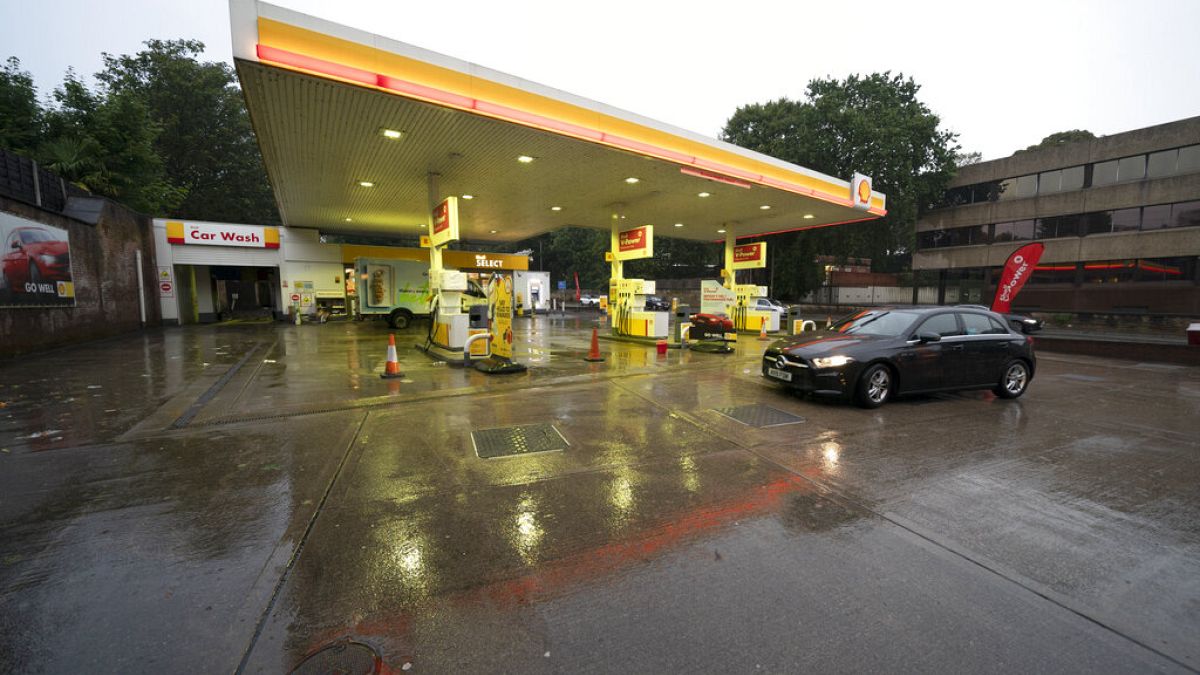Petrol stations operated by supermarket chains such as Asda, Tesco, Morrisons and Sainsbury’s contribute significantly to this price increase.
Daily price comparisons in the UK show that retailers are slow to pass on savings to drivers. New research from automotive group RAC shows that British drivers now spend an average of around 20 cents more per liter of diesel than their counterparts in the European Union.
The average price for one liter of diesel in Britain is currently 152 cents, with Britain taking the top spot for diesel prices in Europe for seven weeks in a row.
However, drivers in Northern Ireland are relatively better protected from the price rises, with diesel prices per liter around 10 cents lower than the rest of the country, despite coming from the same source.
With the price increase, the cost of a full tank of diesel is now £83.60 (€98.91). For a standard family car with a capacity of around 55 litres, a full tank now costs around £11 more than in the rest of Europe.
Supermarket-run petrol stations are thought to be the main culprits behind this price rise, with chains such as Asda, Tesco, Morrisons and Sainsbury’s charging the most. These chains currently operate around 20% of petrol stations in Britain.
However, they have a significantly weaker position in Northern Ireland, where they represent only 6% of petrol stations. As such, Northern Ireland diesel prices appear to be on a rebound.
A spokesperson for the RAC, Simon Williams, told The Telegraph: “Profit margins are once again persistently high and drivers are paying the price.
“Our data clearly shows that pump prices have not fallen in line with the fall in wholesale prices, meaning drivers across the UK – with the exception of those in Northern Ireland, where fairer prices are being charged – are losing several pounds every time . they fill up.
“There is no good reason for retailers in Britain not to reduce their prices at the pump much further. We can only think that they are hoping that no one will notice because of the distraction of the general election.”
Why is Britain seeing diesel prices rise much higher than in Europe?
One of the main reasons Britain is seeing much higher diesel prices than Europe is that retailers are not adequately passing on falling costs to consumers. According to the RAC, retailers currently see a profit margin of around 16 cents per liter of diesel. Gasoline, on the other hand, has a slightly lower margin of 14 cents.
However, this is still much higher than the 3 cent margin these supermarket giants were seeing before the pandemic, as well as the historic margin of 8 cents. This shows that supermarkets continue to benefit from fuel price increases, while consumers have to bear the costs.
In turn, retailers justify these price increases by blaming increases in operating costs, interest rates and wages, which have eaten away at their profit margins.
Gordon Balmer, executive director of the Petrol Retailers Association (PRA), said, as reported by Sky News: “We must take into account the significant increases in operating costs, reduced fuel volumes following the pandemic and the substantial investments required to move towards a low-carbon transport system.
“These factors mean fuel retailers need to earn more from fuel sales to stay in business and invest in the future.”
This has also led to the UK government considering a new “Pumpwatch” programme, which would allow consumers to compare diesel prices and increase transparency on supermarket forecourts. A price control body is expected to keep an eye on this scheme, to ensure drivers don’t overpay any more than they already have.
